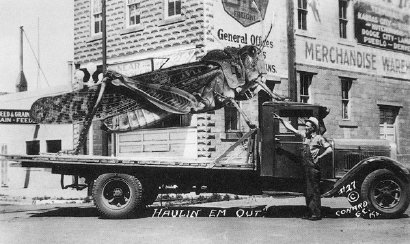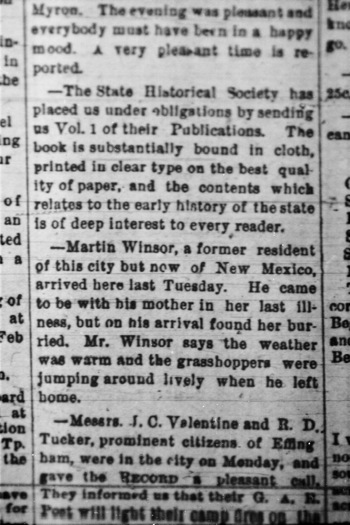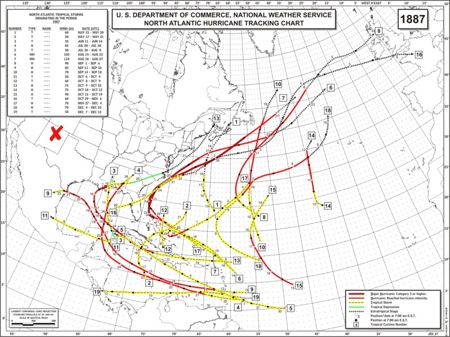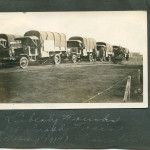
My imagination was stirred by the journalist who penned this poignant notice in the Muscotah (Kansas) Record, 26 January 1887:
Martin Winsor, a former resident of this city but now of New Mexico, arrived here last Tuesday. He came to be with his mother in her last illness, but on his arrival found her buried. Mr. Winsor says the weather was warm and the grasshoppers were jumping around lively when he left home.

Source: “Martin Winsor,” notice, Muscotah Record, Vol 3, No 17, Jan 26, 1887, pg. 3, col. 3.
Martin Winsor, eldest son of Fanny and Henry M. Winsor, was a widower ranching in the Pecos Mountains of New Mexico. This newspaper clipping gives several valuable clues, but it’s what isn’t stated that’s so curious.
We learn:
- As of 26 Jan 1887 Martin Winsor is a resident of New Mexico.
- Martin’s mother, [Fanny Winsor,] was buried on or before 18 January 1887. [This date is calculated as “last Tuesday” from the newspaper publication on Wednesday, 26 Jan]
- Fanny had been ill and there was time to send for son Martin to come home.
- In New Mexico, the weather is warm and the grasshoppers are lively.
It’s Door #4 that is curious to me. Is the weather typically so warm in New Mexico that grasshoppers will be jumping in January? Or, actually, what kind of weather makes grasshoppers jump? Inquiring minds want to know.
Yes, there is such a thing as “Grasshopper Weather,” and if you remember the Little House books by Laura Ingalls Wilder, you may recall a long summer On the Banks of Plum Creek. Grasshoppers don’t thrive in cool, wet weather, but a warm winter can initiate an early hatch. By the 1930’s, grasshoppers were a major problem to New Mexico farmers, and state funds were designated for grasshopper control.
Was the weather unusually warm in 1887?
A brief Google search turns up several interesting weather-related articles, in particular a Wikipedia comment that
The 1887 Atlantic hurricane season was the third most active Atlantic hurricane season on record, tying with the 1995, 2010, 2011, and the 2012 seasons for third most number of storms.
The 1887 Atlantic Hurricane Season Map illustrates the extreme weather beginning May 15 and running through December 7, 1887. From Martin’s Civil War pension file, I learned that Martin lived in Glorieta, New Mexico (red X on the map below), near enough to feel some reaction to at least of few of the 19 hurricanes that lashed the Atlantic seaboard that year.

It gets more interesting. . . On 3 May 1887, Southern Arizona and Sonora, Mexico were hit by a 7.2 to 7.5 earthquake that was felt from Phoenix, Arizona to Mexico City.
Looking back at New Mexico, according to historical weather data (first available 1939), the average January temperatures in Glorieta seems to run from 23 to 38 degrees F, with 0 to 1.5 inches of rain, and 0 to 27 inches of snow. January is the coldest month.
Do you wonder? Was the weather in New Mexico unusually warm that winter of 1887? Were there any other odd weather events in addition to the extreme hurricane season and the Arizona earthquake? Was Martin at all affected by those events? Were the grasshoppers really were jumping in January?
or was the news editor was just trying to write clever copy?
Grasshopper Photo: Giant grasshopper hoax postcard created by Frank Conard, Garden City, Kansas. Rubin, C.E. & Williams, M. (1990). Larger Than Life: The American Tall-Tale Postcard, 1905-1915. Abbeville Press.





